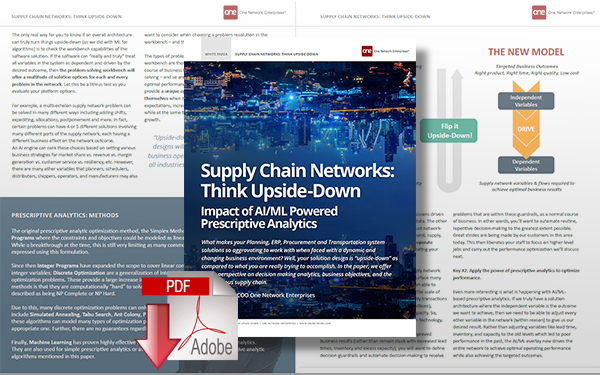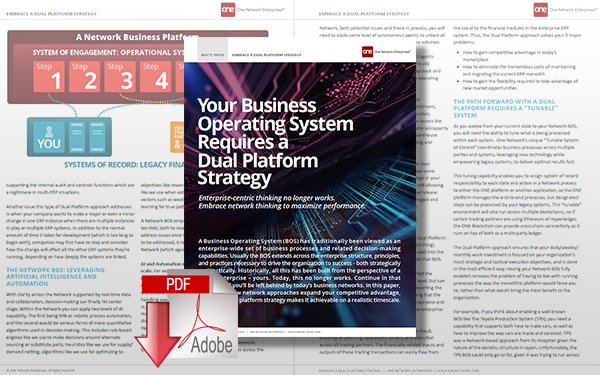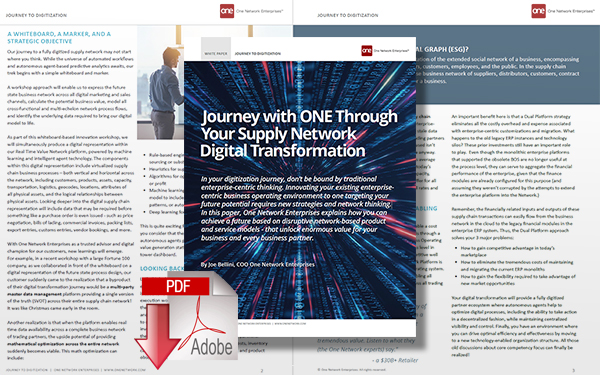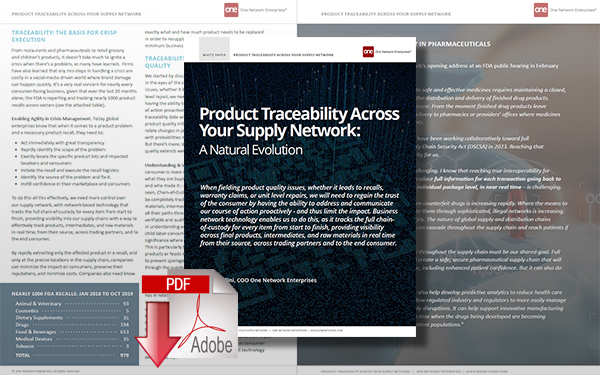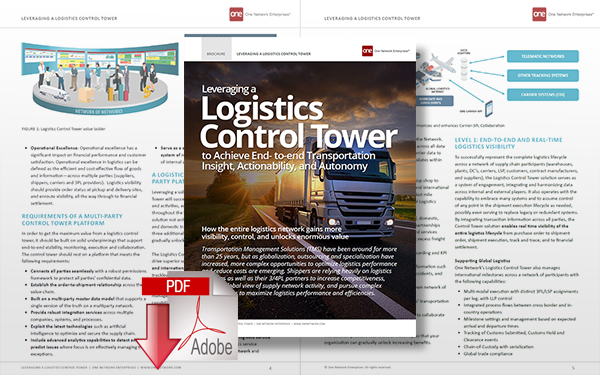3 Core Supply Chain Strategies Every Executive Must Execute to Remain Competitive
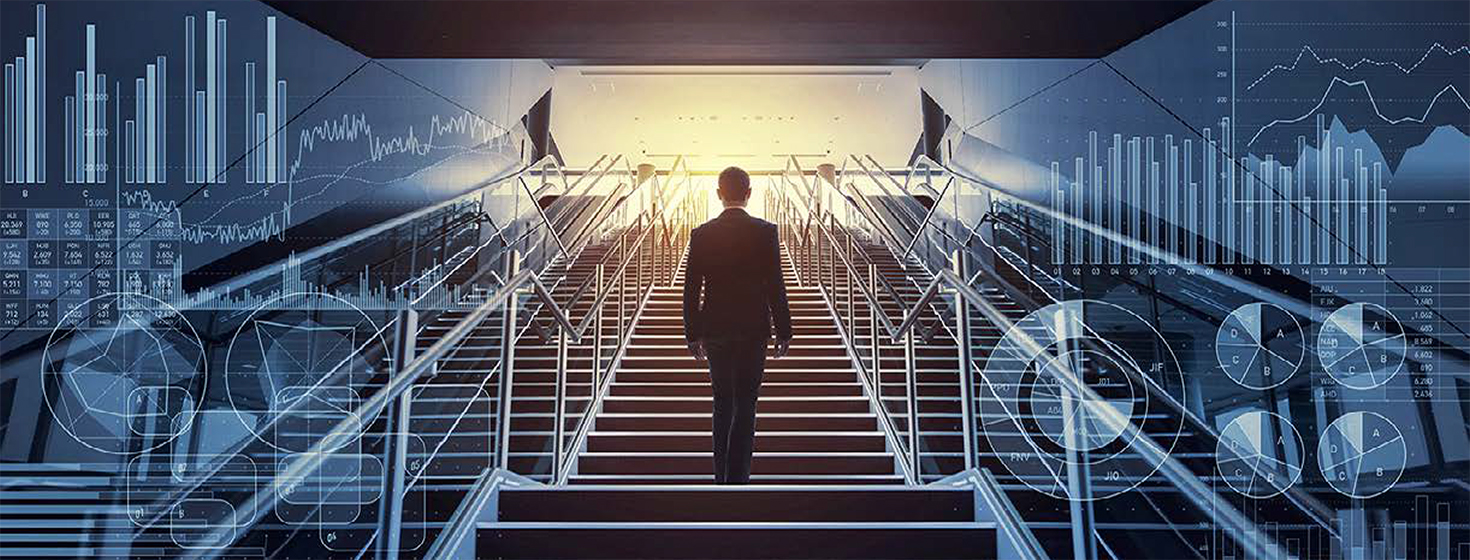
Industry 4.0 Supply Chain Networks: In this informative and educational article we describe 3 core strategies every executive must deploy to remain competitive in the “Next Normal.”
Inefficient Digital Supply Chain Technologies
In a recent McKinsey industry sector survey, 100% of respondents had experienced production and distribution problems, 91% had problems with suppliers and a whopping 85% of respondents struggled with inefficient digital technologies in their supply chains.
Read: Resetting Supply Chains For The Next Normal
McKinsey went on to state “We believe that leaders should take this moment not just to fix their supply chains temporarily, but to transform them. Reimagining supply chains to avoid past traps and meet future needs will require a more comprehensive approach.”
The Platform for Digital Champions
Being a digital champion requires that you deploy a network platform that delivers the highest customer service levels at the least landed cost.
Data is your currency and the network leverages that real-time data to create asset leverage among trading partners.
This data should only exist once, in real-time, in a federated measured data management (MDM) format - rather than duplicated in multiple stove-pipe based hub-and-spoke formats where it becomes stale and latent whether you use a data lake/warehouse or not.
The core to the architecture is a representation at each’s/item/unit level and rolling that fidelity into overall network planning and execution optimization through agent-based prescriptive analytics.
Coupling this capability with multi-party collaboration, planning and transaction execution in real-time across the network is how we bring clients into Industry 4.0 and the “next normal.”
Strategy 1 - Real-Time Network-Based Architecture
We’ve already seen network-based customer service and asset leverage models play out in adjacent industries. Uber, Facebook, Airbnb, and Alibaba have all deployed network-based architectures that provide multi-party capabilities across a network.
There isn’t a Michael Porter level of market strategy to consider here. It’s just common sense. Trade happens across trading partners in a network. Given the network nature of product sourcing and delivery, this trade must plan and execute across multiple parties in real-time to provide maximum asset leverage, least landed cost, and the highest levels of customer service.
A network platform that enables these capabilities along with providing control tower level visibility, collaboration, analytics, planning, and execution is core to future competitiveness. Even the simplest of transactions involve multiple parties, such as a customer, brand manager, co-packer, supplier, carrier, 3PL, and distributor. Does it really benefit anyone to not involve the parties involved in a transaction if there are real-time shifts in demand, supply, or capacity?
Today’s enterprise-centric technology deployments are designed as hub-and-spoke, meaning they are designed as the center of the universe for that node in the network and treat their processes and data as such. This hub technology is designed to gather data in a point-to-point/spoke-to-hub fashion, decide what to do about changes in demand, capacity, or supply based on the hub variables in isolation, and then share some of the stale or latent data, post-processing, with some of their spokes, both inbound and outbound. In a typical trade network, this can create over 20 store and forward type processing actions across trading partners, upstream and downstream, wasting time, manpower, assets, and worst of all affecting customer service levels given it leads to working at cross purposes rather than as a network serving the end consumer.
Strategy 2 - Federated Master Data Management
Imagine for a moment that rather than having a Federal Reserve in the US, each state had its own currency. What kind of trade nightmare would that create in terms of currency and interest rate fluctuations from a trade perspective? (This is why the EU moved to a common currency.)
Data is your currency. Your multiple ERP instances are similar to a federation of entities. Your data/currency is currently trapped in your ERP stove-pipe instances and shared in a hub-and-spoke fashion in one-to-one trade relationships with network partners. Does this make any sense at all? And even those who export data to a data warehouse or data lake are creating latency and staleness in the data which devalues this currency in terms of decision making across network partners.
Better to have a strategy where network trading partners opt into/onboard onto the network and share both their master and operating data with other trading partners based on a secure permissions framework across the network. This data exists only once and is federated to trading partners based on the permissions framework. Given that the data is not copied or duplicated between echelons, tiers, or nodes across the network, it is by definition real-time.
In this fashion, your federated master data management strategy has enabled your real-time value network with your most valuable asset - your data - and put that currency to work to optimize asset leverage, customer service, and least landed cost. You also increase the leverage on your data given that item cross-referencing is built in as part of the architecture.
Strategy 3 - Actionable and Autonomous Prescriptive Analytics
Given the multiparty nature of network-based trade relationships, you will need to model the entire end-to-end supply chain network in order to correctly analyze and take action on problem resolution and opportunity creation. That is the only way you can potentially benefit or at least limit the pain across all parties. Since the problems or opportunities exposed by the analytics could manifest in strategic, tactical, or operational timeframes, the foundation should be seamless, offering services, algorithms, and analysis that run across the network representation in real-time, whether we are solving problems predicted to happen in 6 months or during a delivery scheduled for later this afternoon. If you have deployed Strategies 1 and 2, this foundation is already in place.
Your end-to-end real-time supply network platform enables the ability to test out new supply chain policies, network resiliency, the feasibility of strategic or tactical plans, activate alternate parts or suppliers, modify modes of transportation, or even add additional shifts at a plant. Hot zones are going to materialize across the network, indicating there is an actual or potential problem in meeting targets related to demand, supply, logistics, or fulfillment in general. That means your business will require an effective way to find optimal solutions.
In a network, there are many ways to solve problems related to demand, supply, logistics, and fulfillment. The analytics workbenches must have real-time access to every material variable in the network. Traditional systems typically only give you one way to solve a problem, due to static lead times and stale data. For example, they might recommend you spend more on inventory, capacity, suppliers, or even partial ship and backorder.
In advanced AI/ML agent-based networks, your strategies, policies, tactics, customer service levels, revenue objectives, margin objectives, etc. are all taken into account when determining the best ways to take advantage of network opportunities or solve problems. Your analytics workbench is a prescriptive environment where you will be presented with the top three or four solutions that best meet your targets. You are then free to choose the best one that meets your needs at that time, fully understanding the effect your choice will have across all customers and trading partners in the network.
These AI-based workbenches are available today across demand, supply, logistics, and fulfillment, providing a control tower view across the network, and can be run interactively or autonomously based on target metrics and outcomes.
Within each workbench, you can evaluate a number of prescriptive options. For example, in the logistics workbench, you could analyze whether a less expensive mode of transportation would also require building inventory in order to maintain targeted service levels. You could look at whether more frequent deliveries would lead to higher transportation costs but be offset by having to maintain less inventory. You could also analyze the network itself in terms of whether adding or subtracting a cross-dock node would lower the total landed costs. These types of nodal shifts really display the power of the network, given they provide leverage and can benefit multiple trading partners across the network.
And keeping with our common-sense strategic approach, let’s remove the mystery of adding Machine Learning (ML) to our mix of algorithms. Machine learning is just a better way to predict outcomes, which, of course, is extremely valuable when recommending prescriptive actions. Machine learning improves its predictions over time as you provide more data.
A good analogy is putting on a golf green. The low percentage result is to try and analyze the green, the grain of the grass, the slope of the green, the changes in elevation, the influence of nearby lakes/mountains, etc. The high percentage outcome is to have someone with the exact same putt hit the ball into the cup while you watch. This is actual data and is what machine learning uses to predict outcomes rather than trying to guess at the right mix of differential equations - like we used to do with optimization.
In Summary
As the business continues its march toward digitization, companies must deploy strategies that provide the right foundation to compete on this basis. The three strategies outlined in this brief will provide the platform and architecture to enable this foundation and provide the capabilities to compete moving forward.
In the McKinsey report referenced above, they go on to state, “Boosting the supply chain’s end-to-end digital capabilities requires a coordinated view across nodes so that companies can connect the dots with the latest digital tools and capabilities. Autonomous planning systems with machine-learning capabilities can base their forecasts on many more factors and learn the “next normal” much faster than traditional approaches for building business continuity, preserving cash, and strengthening supply-chain resilience.”
In terms of these capabilities, the software platform of the future must be able to deliver on the ability to manage cost, quality, and customer service, along with providing a superior capability to provide continuity, resiliency, operational readiness, and the ability to manage demand/supply disruptions in real-time.
Read: Four Key Supply Chain Resilience & Agility Capabilities to Optimize Your Covid-19 Pandemic Response
WEBCAST Build Resilience, Continuity, and Operational Readiness in Your Supply Network
Date: On-Demand 24/7
If 2020 has taught us anything, it’s that businesses must take action to boost resilience, lock-in business continuity, and achieve the operational readiness necessary to handle whatever the markets or mother nature throws at us. It’s the new “power triad” necessary to compete and thrive in today’s markets.
Demand/supply disruptions will remain part of this “next to normal,” and in this webinar One Network’s COO, Joe Bellini explains 3 strategies executives need to embrace to remain prepared, along with their tech enablers. You’ll walk away understanding:
- How a real-time network-based strategy enables the Power Triad, and what you need to implement it.
- The importance of federated master data and visibility across your entire collaborative business network of suppliers, carriers, co-manufacturers, and customers.
- The essential role of actionable and autonomous prescriptive analytics in accelerating your optimal response in every situation.
One Network Enterprises is a leader in supply chain planning, execution, and digitization, so join COO Joe Bellini for insights on how multi-party collaboration, planning, and transaction execution in real-time across a network will bring you into Industry 4.0 and set you up to compete and win in the “next to normal.”

Related Resources
Supply Chain Networks: Impact of Artificial Intelligence Machine Learning Prescriptive Analytics
In the white paper, we offer a new perspective on decision-making analytics, business objectives, and the autonomous supply chain. Download Now!
Your Business Operating System Requires a Dual Platform Strategy
In this paper, we explain how network approaches expand your competitive advantage, and how a dual-platform strategy makes it achievable on a realistic timescale. Download Now!
Journey Through Your Supply Network Digital Transformation
In this paper, One Network Enterprises explains how you can achieve a future based on disruptive network-based product and service models - that unlock enormous value for your business and every business partner. Download Now!
Product Traceability Across Your Supply Network
This report explains how new business network technology enables us to track the full chain of custody for every item from start to finish, providing visibility across final products, intermediates, and raw materials, and it does this in real-time, from their source, across trading partners, and to the end consumer. Download Now!
How to Leverage a Logistics Control Tower
This paper describes how leveraging a logistics control tower can achieve end-to-end transportation insight, actionability, and autonomy and how the entire logistics network gains more visibility, control, and unlocks enormous value. Download Now!
More Resources from One Network Enterprises
Article Topics
One Network Enterprises News & Resources
Blue Yonder announces an agreement to acquire One Network Enterprises for $839 million Blue Yonder Acquires One Network Enterprises for $839M Companies Need to Develop New Innovative Approaches to Supply Chain Design How to Improve Cost of Goods Sold Horizontally Across the Supply Chain How the Global Pandemic Accelerated Supply Chain Visibility, Digitalization, and Automation AI and Data, the Future of Supply Chain Management AI and Supply Chain Problem Solving More One Network EnterprisesLatest in Supply Chain
How Supply Chains Are Solving Severe Workplace Shortages SAP Unveils New AI-Driven Supply Chain Innovations How Much Extra Will Consumers Pay for Sustainable Packaging? FedEx Announces Plans to Shut Down Four Facilities U.S. Manufacturing is Growing but Employment Not Keeping Pace The Two Most Important Factors in Last-Mile Delivery Most Companies Unprepared For Supply Chain Emergency More Supply Chain



